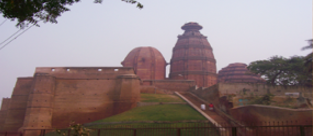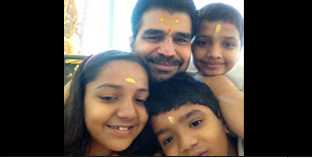Chapter 1 Sloka 22 and 23 Sloka 22 śrī-arjuna uvācasenayor ubhayor madhyerathaṁ sthāpaya me ’cyutayāvad etān nirīkṣe ’haṁyoddhu-kāmān avasthitān Sloka 23 kair mayā saha yoddhavyamasmin raṇa-samudyameyotsyamānān avekṣe ’haṁya
READ MORE
Chapter1:13
tataḥ śaṅkhāśca bheryaścapaṇavānakagomukhāḥsahasaivābhyahanyantasa shabdastumulo ‘bhavat
The Kaurava army eager and restless began to blow their conch shells, drums, and trumpets. The noise was thunderous and filled the sky, symbolizing the start of battle and the display of might and aggression by Duryodhana’s forces.This hints at the restlessness of the Kaurava side, driven by ego and fear, unlike the calm, composed confidence of the Pandavas .This outer war scene represents the inner war of the mind — the conflict between our higher self (the soul guided by dharma) and our lower impulses (ego, anger, attachment, and fear).The loud, chaotic sound from the Kaurava side symbolizes the noise of the mind when we are driven by ego, competition, and anxiety.When negative emotions dominate, our inner world becomes loud — full of opinions, judgments, and fears — leaving little room for peace or wisdom. Just as the Kauravas made a great noise to appear powerful, the ego too makes mental “noise” to hide its insecurity.
No Schedules for this section.
No Schedules for this section.



